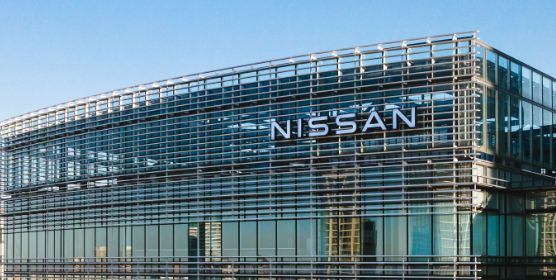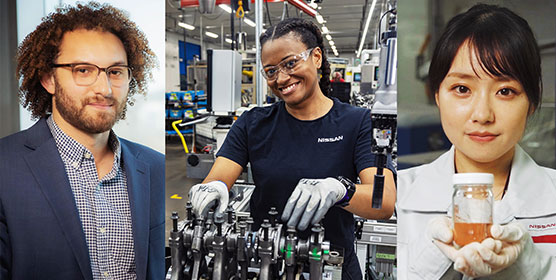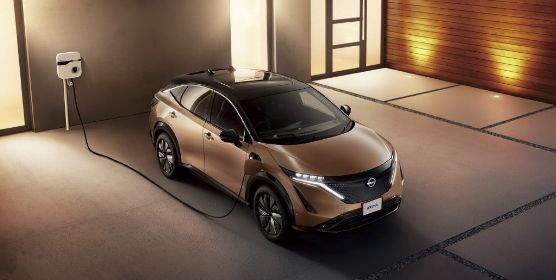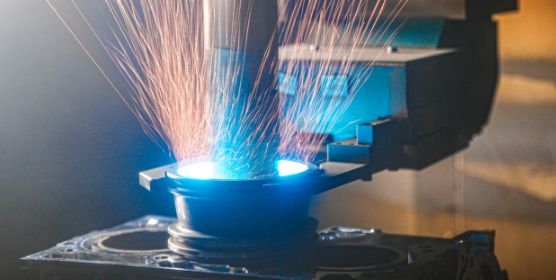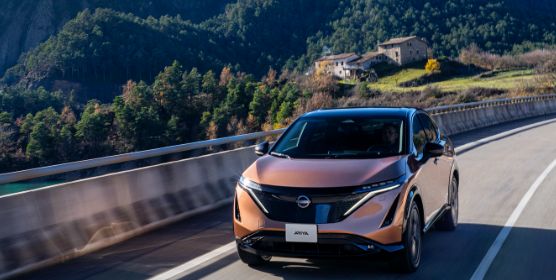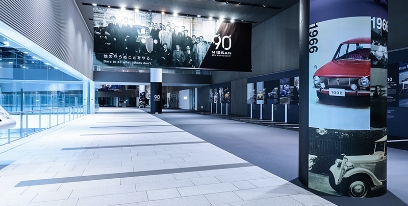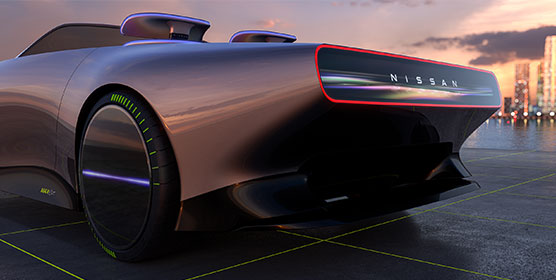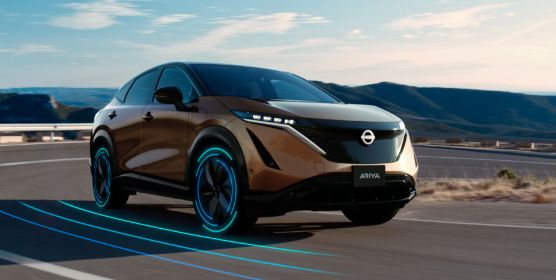Alfonso inspires talent in the Middle East

Alfonso inspires talent in the Middle East
Nissan
Design
is
spearheading
a
program
with
Alfonso
Albaisa,
senior
vice
president
of
global
design,
to
inspire
the
next
generation
of
creators.
This
will
help
elevate
the
presence
of
Nissan
Motor
Co.,
Ltd.
and
Nissan
design
from
a
slightly
different
angle
and
approach.
However,
the
greater
goal
is
to
encourage
children
worldwide
to
pursue
careers
in
arts,
design
and
creativity.
Named
“Roots
of
Design,”
the
campaign
was
announced
at
the
London
Design
Festival.
On
Nov.
13,
Albaisa
put
the
plan
into
practice
by
visiting
the
GEMS
Dubai
American
Academy,
a
school
in
Dubai
attended
by
Emirati
and
expatriate
children
from
90
countries.
Why is this important? The world is changing fast, affecting the way we live and the objects that surround us. All objects are designed by someone, and in everything you see there’s a great story of art and design. In an auditorium filled with 600 students from grades 9 to 11 in Dubai, Albaisa said: “Whether its auto design, architecture and city design, technology design, robot design – designers will determine what the future looks like. Designers will rule the future. That’s why we need you.”

It’s said that the creative industry will demonstrate remarkable resilience to the threats posed by increasing automation and AI, making the “creative economy” an important sector for economic growth and future jobs. A 2010 report by the European Union highlighted how cultural and creative industries have provided a catalyst for growth within declining local economies; in 2015, a report by the Bureau of Economic Analysis in the U.S. demonstrated that creative industries contributed $698 billion to the national economy. Today, the UAE has a vision to become one of best countries in the world by 2021. One of the goals in UAE Vision 2021 is for Dubai to become a global hub of design. For the creative industry in UAE to be self-sustainable and free of the need to import designers, 30,000 homegrown design students are needed by 2019.
We
are
witnessing
rapid
changes
in
the
auto
industry,
especially
in
the
areas
of
autonomous
driving,
electrification
and
connected
car
technologies.
Changes
to
cars
and
other
forms
of
mobility
mean
that
cities
will
look
very
different
in
years
to
come.
Cities
will
become
smarter
and
more
connected.
This
will
create
even
more
opportunities
for
designers.
With
huge
needs
and
opportunities
predicted
for
future
young
designers,
it’s
critical
that
the
program
encourages
young
people
to
follow
paths
in
design,
not
just
in
the
halls
of
renowned
design
colleges
and
academies,
but
also
in
classrooms
and
communities
where
the
opportunities
aren’t
well
known.
“Today,
we
are
at
an
inflection
point
for
automotive
design
that
is
being
driven
by
the
emergence
of
new
technologies,”
said
Albaisa.
“The
world
of
tomorrow
will
need
designers
like
never
before.”




